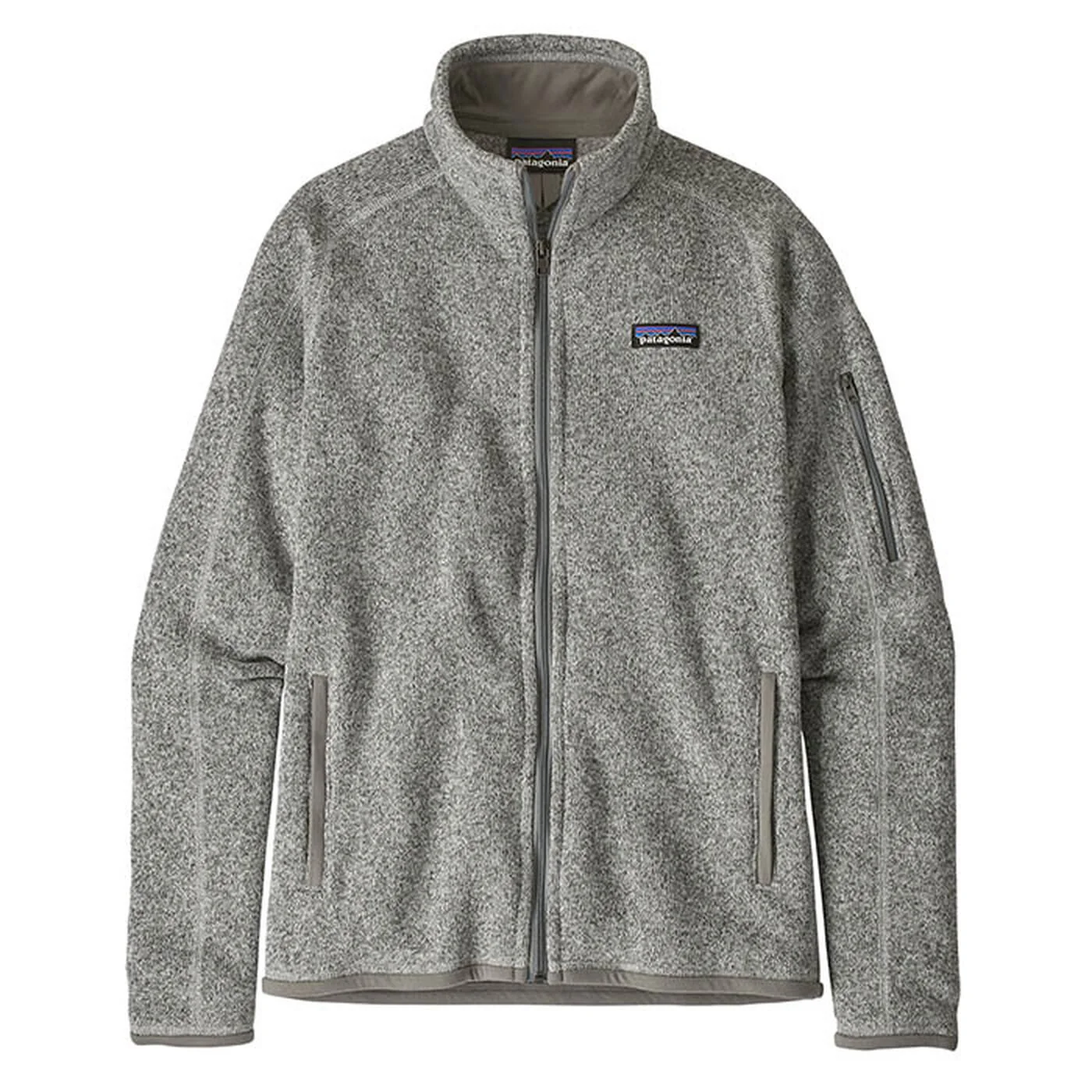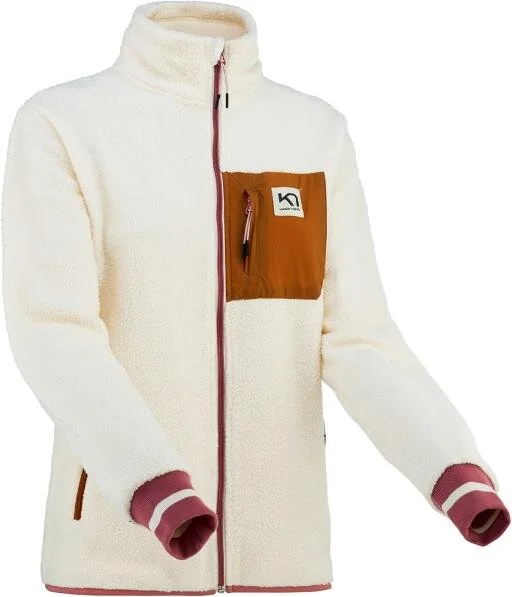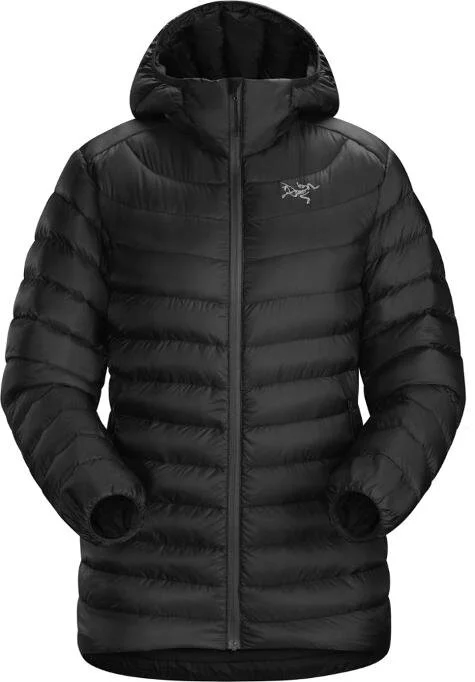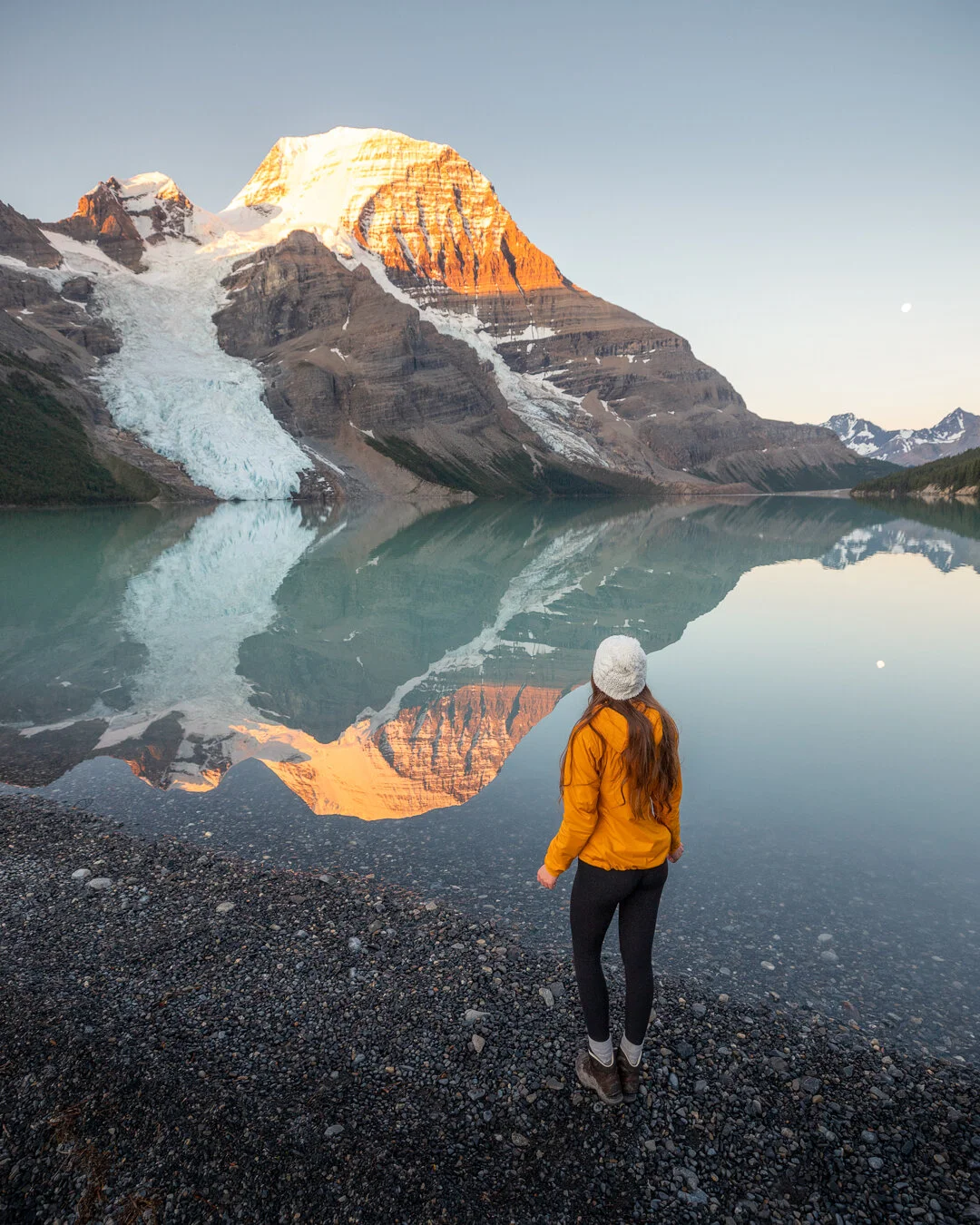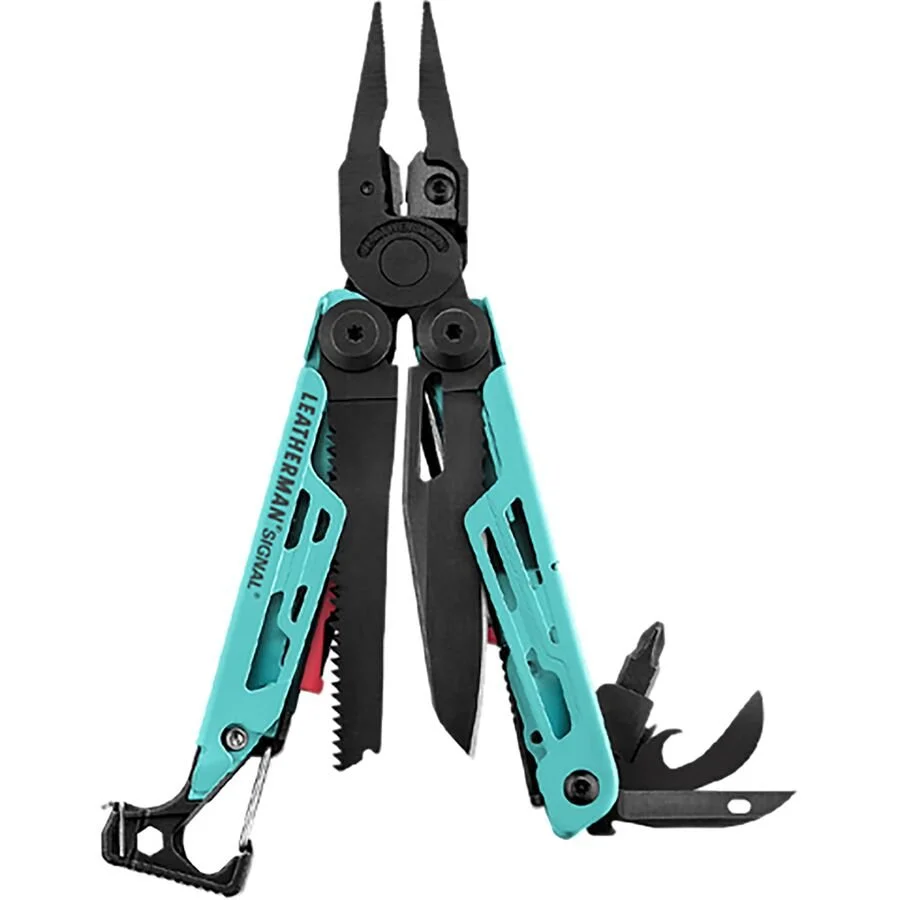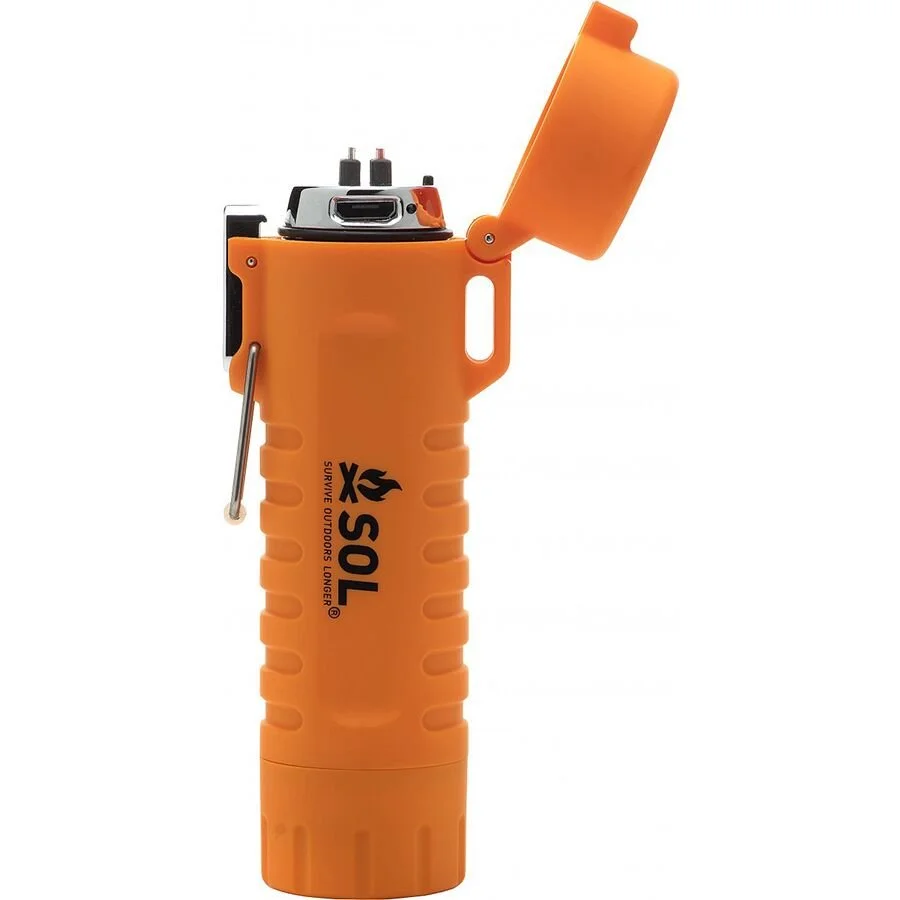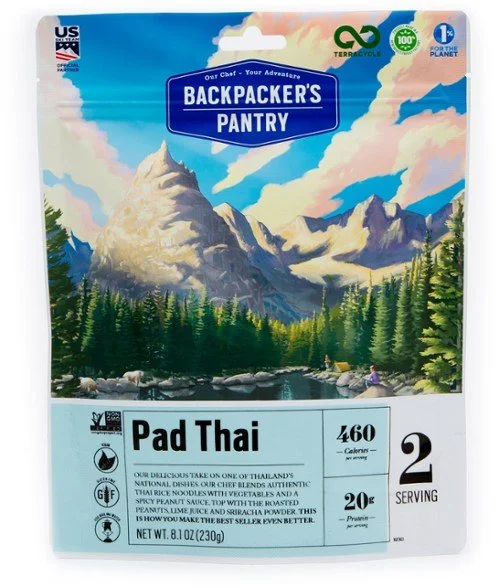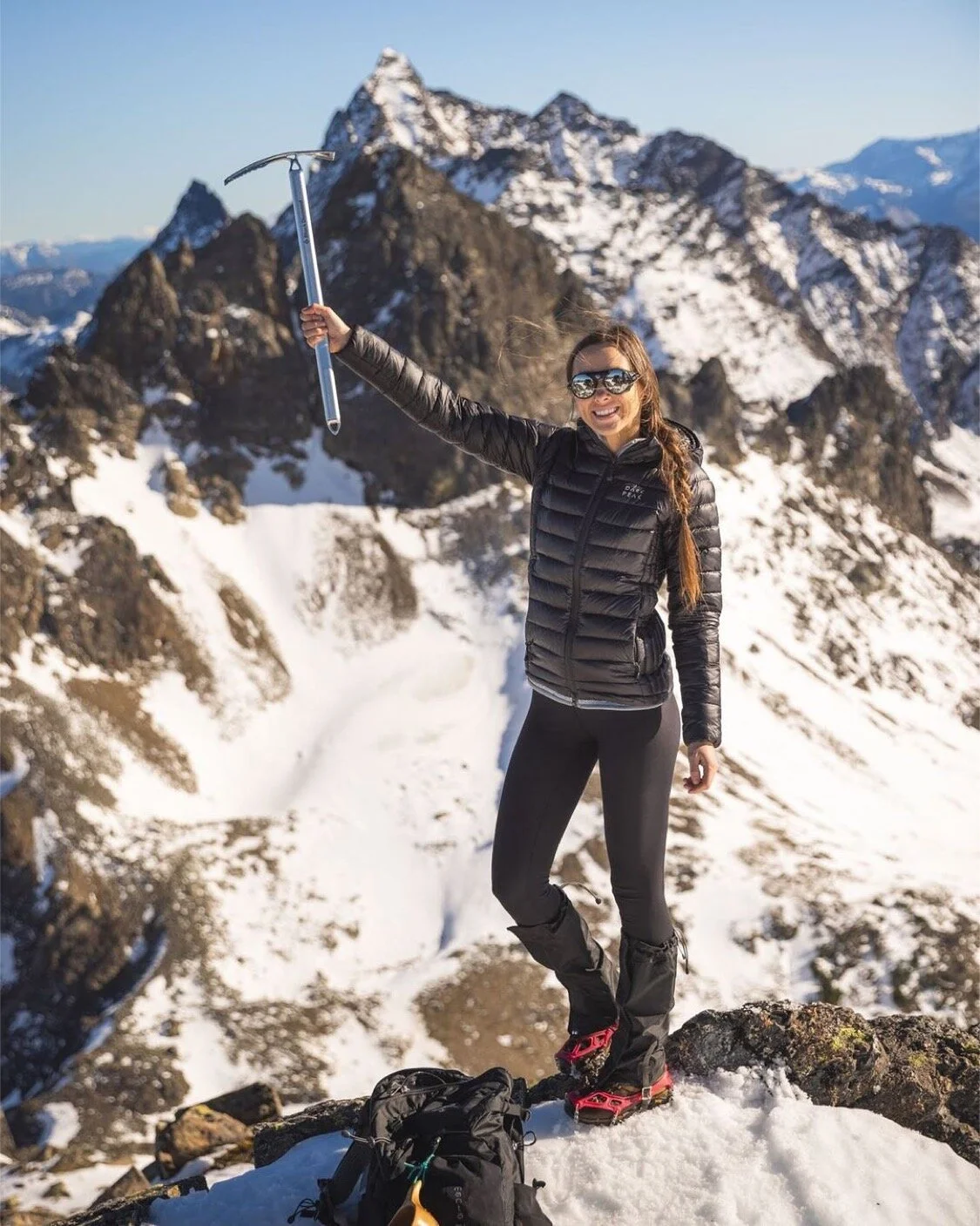Hiking for Beginners
Hanwag Tatra II Bunion GTX Boots, Black DiamondAlpine Carbon Cork Trekking Poles, Lululemon Swiftly Tech Long Sleeve, Thrifted shorts, IcebreakerHike+ Medium Crew Sock
*Please note that some of the links below are affiliate links, and I may earn a small commission on any purchase made - at no additional cost to you. All ideas and opinions expressed in this blog are entirely my own. Thank you so much for your support!
Hiking is a great way to enjoy the beauty of the outdoors. Being out hiking in nature is perhaps the healthiest activity available, rejuvenating the soul, challenging our bodies, and quietening our minds. The benefits of hiking are endless.
My passion for hiking started when I moved to Canada. The Canadian Rockies stole my heart. The soaring mountains, seemingly endless canyons, ancient glittering glaciers, and turquoise blue lakes so pristine and perfect it’s hard to believe they’re real. I was simply in awe and wanted to keep exploring more and more. The beautiful thing about hiking is that it's truly an activity everyone can do. Whether you're young or older, an expert or an amateur, there's a trail out there that will be perfect for you. In this blog, I will share some tips on how to plan your first hike, what to wear, things to pack and some important safety tips. If you’ve been dreaming of getting into hiking, but have yet to try it, it’s time to get out there. Here is some information you need to know before you go.
PLAN AHEAD AND PREPARE
Adequate trip planning and preparation will help you accomplish your trip goals safely and enjoyably. Poor planning and unexpected conditions often result in unpleasant and potentially dangerous experiences. Things to Consider When Planning a Hike:
Select destinations and trails that are suitable for beginners. Gain knowledge of the area you plan to visit from maps, web and literature. I use AllTrails and Gaia GPS navigation apps for my phone. They both allow me to access a database of trail maps, which include crowdsource reviews and images. Elevation, the time of year, and the length of the hike are all things to consider. Some trails even though short, can be very steep so be careful when choosing one.
Find a hiking buddy. The best way to start is to find other experienced hikers you can join. Check with any hiking friends or family members if you can set out on a beginner-friendly trail with them, or look into joining a local Facebook hiking group or a hiking club in your area.
Choose equipment and clothing for comfort and safety. You do not have to spend a lot of money on expensive gear right away, consider borrowing some items or checking out your local Buy and sell groups for gently used pieces.
Pack the ten hiking essentials. I will list them later on in a separate section.
Bring enough food and water. It is critical to stay hydrated during your hike.
Check the weather. I like to check park websites and local hiking group discussions. Searching trails or peaks by hashtags are also a great way to find current trail conditions. For example, a severe storm could’ve just gone through the area making the trail difficult to hike. Using a hashtag on Instagram can help provide recent pictures of a peak/trail conditions as well as connect you with others who recently went on the trail for tips or advice. And if you’re heading to the mountains, be sure to check the avalanche forecast. Spring is prime time for avalanches as the snow melts and destabilizes the snowpack.
Always let somebody know where you’re heading out to and when to expect you back.
GEAR - What to wear
First of all you will need a pair of good hiking shoes. Having a pair of appropriate and comfortable hiking shoes and can greatly affect your hiking experience. Although, some people may opt for trail shoes instead of boots for shorter hikes. Hiking shoes are definitely a personal preference. I prefer to hike in boots rather than runners because I like the extra ankle support. It is very easy to twist an ankle when stepping on a root or a rock. And make sure when you purchase a new pair, you always break them in before going out on a trail. My favourite boots for the past 3 years have been Zamberlan 320 Trail Lite Evos. Believe it or not, I have not had a single blister while earring these, even when I was first breaking them in. I find them to have the right amount of stability and flex without being heavy and bulky. These boots are also waterproof. After boots, your most valuable gear may well be your socks. Appropriate socks are vital to keep your feet dry, to pad the areas that need cushioning, and to prevent blisters. I swear by WrightSock Double Layer Coolmesh II socks. They consist of two separate layers to reduce foot friction and the chance of blisters. The inner layer pulls moisture away from your skin, while the outer layer allows maximum airflow. I seriously can’t recommend these enough.
Bonus Tip: After you’ve finished your hike, your socks are likely to be sweaty and your feet tired. I always keep a different pair of socks and comfy shoes in my car to change into after.
ZamberlanTrail Lite EVO GTX Boots, WRIGHTSOCK CoolMesh II Crew Socks, similar Pom Beanie, Lululemon Swiftly Tech Long Sleeve, Lululemon Fast and Free High-Rise Tights
Next on the list is a day backpack. I would recommend something in the 20-30L capacity range. Ideally, your pack should be big enough to fit all your gear inside but not too big because who wants to carry extra weight. Another important thing to keep in mind when trying on backpacks is how it feels on your body. The shoulder and hip straps should feel secure yet comfortable. My favorite backpack for day hikes has been Osprey® Packs Skimmer™ 28 Hydration Backpack for Ladies. It is purpose-built for lightweight, comfortable versatility, making it an ideal choice for me. The included 2.5L Osprey Hydraulics® reservoir stores in a dedicated compartment keeps me hydrated without impeding on valuable gear space. Plus, there are ample external tool storage offers a convenient, natural place to store trekking poles etc. It’s an awesome little daypack. And don’t forget a rain cover. Completely waterproof protection for your pack that compresses into a tiny stuff sack and deploys quickly when you need it most.
Trekking poles. It’s a good idea to use them while hiking. The reasons why are simple: they enhance your stability and provide support on all types of terrain. Properly sized poles will put your elbows at a 90-degree bend when you hold the poles with tips on the ground near your feet. Many trekking poles come in adjustable lengths, which makes this easy to achieve. However, some are sold in fixed lengths or in ranges of sizes. I have a pair of adjustable Black Diamond Alpine Carbon Trekking Poles and they’ve been quite durable and I find the cork handles very nice and comfortable to the touch.
Clothing. The secret to staying warm and comfortable but not overheating while hiking is layers. Layering your outdoor clothing adds comfort by protecting your body from wind, water and moisture, and helps to regulate your temperature. There are three basic components to the layering system: base, mid and outer layers.
Base layer suggestion: I absolutely love my merino wool Kari Traa Rose Base Layers
Mid layer suggestions: Patagonia Better Sweater fleece, Patagonia Los Gatos 1/4 Zip fleece, Kari Traa Rothe Mid Layer Fleece Jacket, Arcteryx Atom LT Insulated Hoodie
Outer layer suggestions: Arc'teryx Cerium LT Hooded Down Jacket, Dark Peak Nessh Down Jacket
Shell suggestion: Fjallraven Keb Eco-Shell Jacket
Bottoms: I prefer to hike in leggings year round. My favourite brands are Glyder and Lululemon. But on those colder days, I will wear base layer pants with soft shell fabric pants on top.
Arc'teryx Atom LT Insulated Hoodie, Hanwag Tatra II Bunion GTX Boot, Icebreaker Light Crew Socks, similar Pom Beanie, leggings Lululemon
Sun and bug protection
I recommend always wearing sunscreen even if you’ll be hiking in the woods and will be under tree cover. Whether the sky above is a bright blue or cloudy gray, the sun’s rays still get through to us. Those rays also contain ultraviolet (UV) radiation, the source of sunburn, premature skin aging and a risk of developing skin cancer. And in the summer I also bring insect repellent that protects against mosquitoes, black flies, and ticks. Mosquitoes really like me for some reason, and I get large welts from their bites that last for hours and are irritated for days. Sometimes I will even wear a full on bug jacket. I wear this bug outfit over regular clothes, and with a couple layers on, mosquitoes couldn’t really bite me. If you are going to be in an area notorious for bugs, this jacket a life saver and it is really nice not to have to worry about applying and re-applying bug spray.
WHAT TO PACk - THE TEN ESSENTIALS
For safety, you should consider having the hiking essentials below in your backpack for every hike to help you stay safe. They’re always in mine.
Navigation: map, compass, altimeter, GPS device, or satellite messenger (US / Canada)
Sun protection: polarized sunglasses, hat/beanie and sunscreen
First aid kit: including foot care and insect repellent (as needed) (US / Canada)
Knife: plus a gear repair kit
Fire: matches or a lighter
Shelter: carried at all times (can be a light emergency blanket)
Extra food: Something lightweight and non-perishable like protein bars or freeze dried meals
Extra water: Consider bringing water purification tablets or buying a water filter to drink from natural water sources
Extra clothes: Rain shell, extra layers depending on the weather
Carry bear spray with you at all times on the trail, and know how to use it. The Mountain National Parks are home to both grizzly and black bears. Although the chances of having an encounter with an aggressive bear are low, proper planning before you head out can help reduce your risk. By following a few “bear-aware” rules, you can help protect bears, too.
Other gear to consider
Gaiters/Micro Spikes: These are for snow and ice while on the trail, which is usually just in the winter or shoulder season. They go over the soles of your boots and provide extra traction. Do your research and check for trail conditions if you need to pack these items. I use the Kahtoola Micro spikes (US / Canada). Gaiters are for hiking in snow to prevent ice and water accumulation in the top of your boots. The Outdoor Research Gaiters are really nice (US / Canada).
Hiking pad: Put a comfortable layer between your backside and the cold ground while having lunch at the top. Big Agnes Bio Foam Hiking Seat, made from sustainably grown and harvested sugarcane, provides a padded and insulated surface to sit or kneel on. It rolls up to slip into a nook in your pack, or even your waterbottle pocket (US / Canada).
ZamberlanTrail Lite EVO GTX Boots, Dark Peak Nessh Jacket, Patagonia Better Sweater Fleece, Kahtoola MICROspikes, similar OR Gaiters, Black DiamondRaven Ice Axe, leggings Lululemon
The Leave No Trace Principles
Always practice these ethics on your adventures and follow local regulations. Let's protect and enjoy our natural world together. Please explore responsibly!
Dispose of Waste Properly
This principle applies to everything from litter to human waste.
Pack it in, pack it out. Always leave a place cleaner than you found it.
Pack out toilet paper and hygiene products.
Leave What You Find
The adage “take only pictures, leave only footprints” still holds, although leaving fewer footprints is even better.
Preserve the past: Examine, but do not touch, cultural or historic structures and artifacts.
Leave rocks, plants and other natural objects as you find them. Do not pick those pretty wild flowers.
Respect Wildlife
Don’t approach animals. Both you and the wildlife will enjoy encounters more if you master the zoom lens on your camera and pack along a pair of binoculars.
Observe wildlife from a distance. Do not follow or approach them.
Never feed animals. Feeding wildlife damages their health, alters natural behaviors, and exposes them to predators and other dangers. This includes birds.
Keep your pets on the leash at all times, or leave them at home.
Trail Etiquette
“Treat others the way you would like to be treated” is a rule that applies in the outdoors, too.
Follow trail signs and avoid going off the trail. You could damage fragile plants and small animals if you venture off the established path or inadvertently travel onto someone’s private property.
Respect other visitors and protect the quality of their experience.
Be friendly: Smile and say hello to other hikers.
Be courteous. Yield to other users on the trail.
Let nature's sounds prevail. Avoid loud voices and noises (One exception is in bear country where it is good to make a little noise so as not to startle the bears).
Patagonia Los Gatos 1/4 Zip Fleece, ZamberlanTrail Lite EVO GTX Boots, Icebreaker Light Crew Socks, leggings Revolution Race
happy hiking!
Don’t hesitate to reach out if you have any questions or let me know your thoughts in the comment section below.











